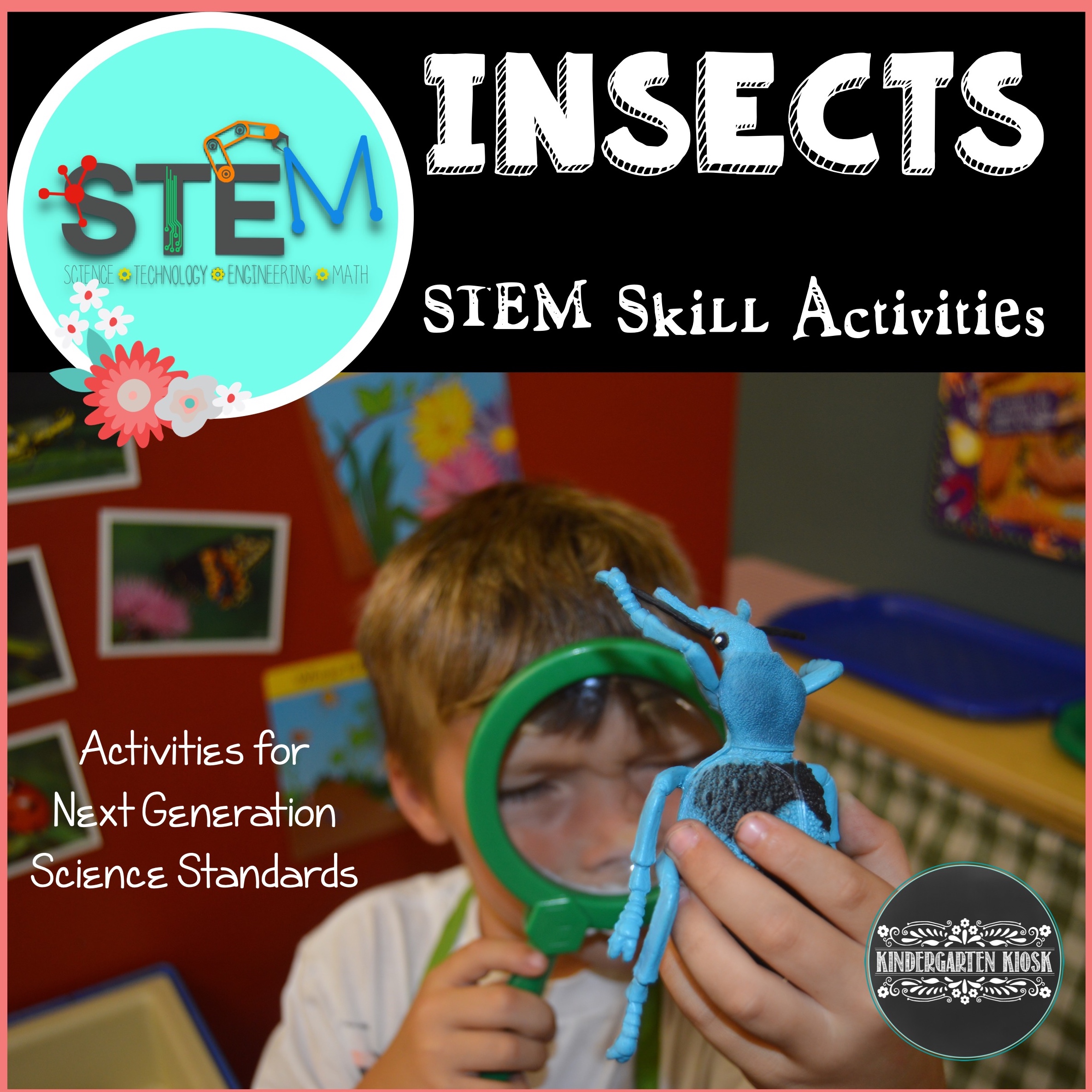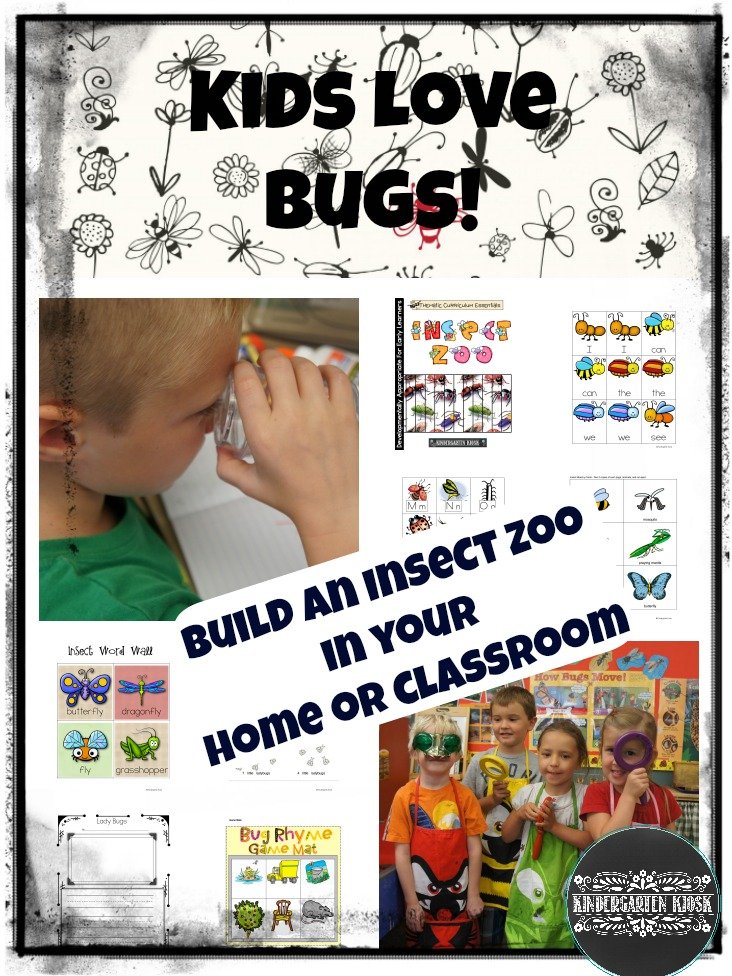Insect Activities For Young Learners
No matter how creepy and crawly they appear, insects are fascinating! Their skeleton is on the outside, some insects are able to walk on the surface of water, and some even fly just to name a few facts. Even my most squeamish of kiddos will admit by the end of this unit that there are one or two things they like about insects.
Monday is when I like to introduce a new unit with some sort of teaser. It gives the kids something to get excited about after the weekend! I introduce a unit often with a book or a great video from BrainPop! There are SO many amazing insect books out there, both fiction and non-fiction, it’s hard to go wrong! I love Eric Carle’s The Very Hungry Caterpillar because we can discuss how the offspring looks different from its parent, metamorphosis… you know, all that amazing stuff that we as teachers, get to do! Another great book to introduce insects is The Backyard Bug Book. It is a great way to challenge students to search for bugs in their own back yard.
Through the video and book introductions, I prepare my students for the insect activities that await them. As with all of my center activities, I clearly demonstrate my expectations for the centers and my kiddos don’t disappoint!
Buggy Bug Match is a great, independent learning activity for my students and it’s something that I can easily differentiate. Students have the opportunity to build skills for either sight words or alphabet fluency. I’ve printed multiple copies of each activity and then put them in the center drawers. Students are able to grab the activity based on what they are working on. It’s easy for me to walk around the classroom and determine their grasp of the concept.
After teaching or reviewing the concept of sorting with my students, I like to use Catching Insects as an independent learning activity. When I introduce the activity, I use the script to help remind my students of what it means to sort, compare and clarify. We pick a category as a group and spend a few minutes sorting together. Afterwards, I let them pick their own categories based on what they know about insects and let them work independently. I love the flexibility this gives my students, but it also helps me see how my students are thinking and I can use this as an opportunity to reteach about insects or sorting if necessary.
My Bug Collection also gets a special spot in the center station because it can be completed independently and differentiated easily. Students with less experience adding numbers can use 1 die, and students with more experience can move to using 2 dice. In this game, students physically manipulate insect cards (or plastic insect manipulatives) to join sets together. This hands-on practice gives students a better understanding of addition.
My students love studying science in a hands-on-ways, so I continue their enthusiasm at the Science Center using bugs. I ordered a set of insects encased in resin and let them compare and contrast the creatures (two of them are not insects). They have to analyze them and figure out which two do not belong and why. Warning: there was a lot of squealing during this activity!
I love this unit so much! Not only are a number of math and literacy concepts covered through engaging activities, but students have the ability to explore and wonder and be excited about learning! That’s why we do what we do!
Check out this preview of the insect unit on youtube. Then check out the products below to bring some buggy fun into your classroom!
Get MORE ideas HERE!















